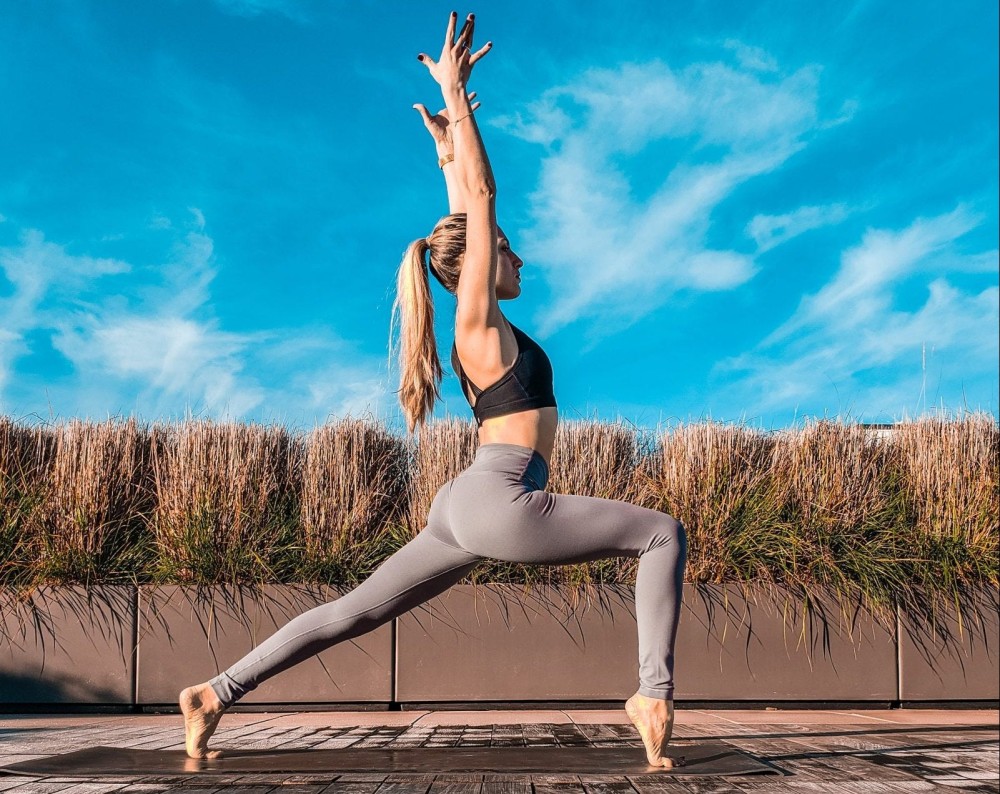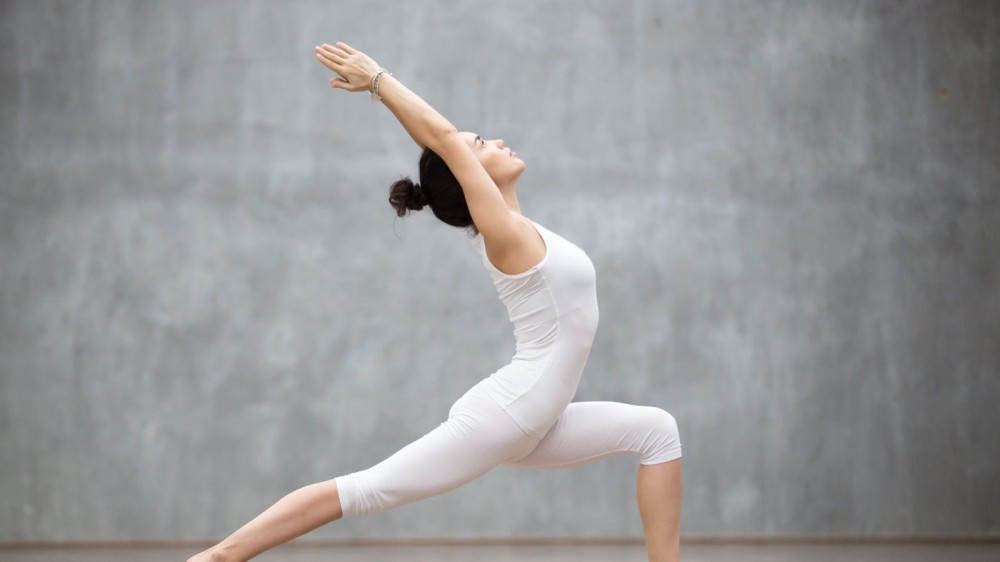

You’ve heard it before: stretching before and after a workout is extremely important. However, if you don’t do it properly, not only does this defeat the purpose, but you could also injure yourself. Let’s look at the most common mistakes people make when stretching, and how to fix them.
Mistake No. 1: Curving Your Spine During a Forward Fold
Almost everyone who starts a new stretching routine wants to do two things: Get into a split and touch their toes. Neither of these can happen overnight and doing them wrong can set you even further back from your goal. This is because you’ll be using the wrong muscles to compensate for your lack of flexibility.
You can see examples of bad forward folds simply by paying attention to a person’s spine. Yes, they might be touching their toes. However, if their spine is completely rounded, their shoulders are close to their ears, and they’re pulling on their legs like they’re holding on for dear life, this is what not to do.
Repeating this over and over will not yield any progress. It’s also a great way to get pinched nerves, prolapsed disks, and muscle tears, not to mention a complete misalignment of your hips and shoulders.
Instead of doing everything you can to touch your toes, focus on extending and elongating your spine with your breath. Use your inhales to stretch your spine from your sit bones all the way to the crown of your head. Use your exhales to go deeper into the pose.
Your goal is to bring your torso to your thighs and remove that big gap you get when curving your spine and grabbing your feet. Keep your knees bent as long as your body needs them to be. This is the only way you’ll be able to see and track any real progress over time.
Mistake No. 2: Not Using Your Breath
Many people have the tendency to hold their breath when stretching gets tough. Although they feel like they’re pushing through it and holding on more easily, they’re actually doing the opposite. Preventing oxygen from entering those hard-working muscles also prevents them from receiving the nutrients they need to actually stretch out.
Stretching, especially in some poses, requires more control and breathwork than others, and that’s when you need it most. That’s why it’s important to separate your inhales from your exhales and learn how to use each of them properly.
Inhales elongate, open, and bring oxygen into your body, while exhales close, contract, and take you deeper into a pose. Focusing on this dual motion every time you take a breath is crucial for helping your muscles stretch and extend.
Mistake No. 3: Not Maintaining a 90-Degree Angle

There are many ways to stretch your legs. You can either focus on one muscle group (quads, hamstrings, glutes, or calves) or perform a full lower-body move to target more muscle groups simultaneously.
One of the most common stretching mistakes involves the infamous lunge pose, in which the hip-knee-ankle alignment should always be at a 90-degree angle. Once your knee starts going inward or outward and stops tracking the hip line, or if it goes over the vertical line from the ankle, it puts a lot of pressure on the ligaments in the front of your knee.
This can cause severe ligament pain and tendon and muscle strains, as your body works harder to compensate for the incorrect alignment.
To avoid this, when entering lunge pose, pay attention to your alignment and make sure you’re keeping a perfect 90-degree angle at all times. If your flexibility doesn’t allow this, your thigh doesn’t have to be parallel to the floor.
However, your knee should always be aligned with your hip and your ankle should always be right below your knee. If you’re unsure whether you’re aligned correctly, use a mirror to check your posture and correct accordingly.
Mistake No. 4: Shoulders Too Close to Ears

Many people compensate for their lack of shoulder flexibility by bringing their shoulders way too close to their ears when lifting their arms. This only causes more tension in your upper back and neck, potentially pinching nerves and straining muscles.
This most commonly happens during backbends, during which creating space for your neck and shoulders is of the utmost importance. This space allows the chest and front body to expand and stretch and reduces the compression in your lower back.
The only real way to fix this issue is to purposely drop your shoulders whenever you’re in a position with your arms over your head. Take a deep inhale and, as you exhale, drop your shoulders away from your ears to create that necessary space for your neck.
If you’re unable to drop your shoulders when your arms are above your head and your palms are together, separate your arms shoulder-width apart and try again—this should make it much easier.
Mistake No. 5: Exceeding Your Limits
When starting a new fitness routine, everyone wants to see progress overnight. It gets frustrating if you don’t notice any major changes after months of maintaining a routine. This can also make forcing your muscles into positions they’re not yet ready for especially tempting.
Unfortunately, this can lead to severe tendon, muscle, and ligament injuries as your body works harder to compensate for its lack of flexibility and/or mobility. Not only can this cause an injury that will prevent you from stretching altogether, but you’ll also have to start all over after you recover.
To prevent this from happening, listen to your body and respect its limits. Focus on proper alignment, utilize your breath, stay consistent, and be patient. Slowly, but surely, you’ll start to see and feel yourself becoming more flexible and mobile.
Whether you’ve been guilty of some (or all) of these mistakes, now’s the time to fix them and start stretching the right way. Your body (especially your muscles and tendons) will thank you!










